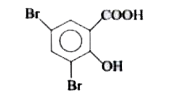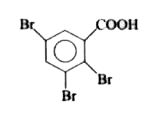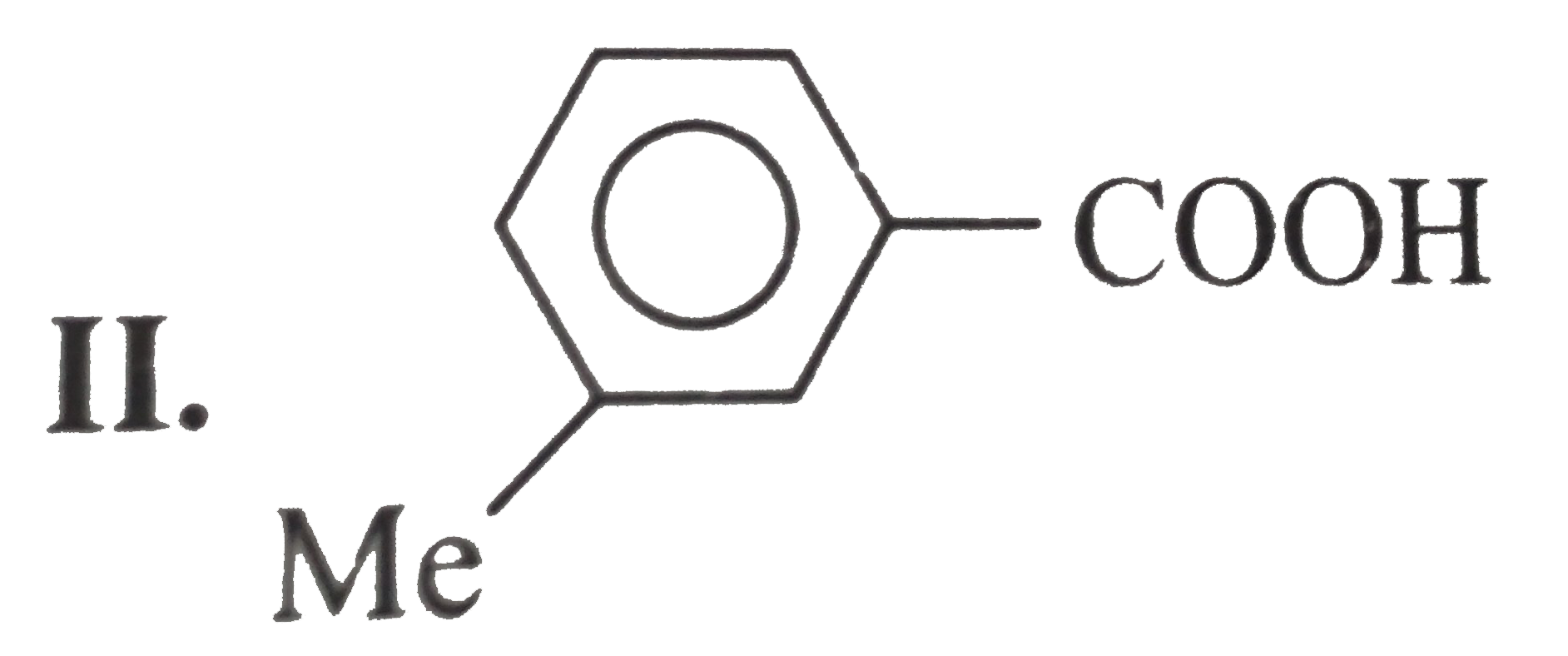Oxidative decarboxylation of pyruvic acid results in the formation of
I. Acetyl CoA , II. CO2
III. ATP , IV. NADH+H+
I only
I and II only
I, II and III only
I, II and IV only
The correct Answer is:D
Step-by-Step Solution:
1. Understanding Pyruvic Acid: Pyruvic acid is the end product of glycolysis and is transported into the mitochondria for further processing.
2. Oxidative Decarboxylation: The process of oxidative decarboxylation involves the conversion of pyruvic acid into acetyl coenzyme A (acetyl CoA). This reaction is catalyzed by the pyruvate dehydrogenase complex, which consists of three enzymes.
3. Enzymatic Action: The three enzymes involved in this complex are:
- Pyruvate dehydrogenase
- Dihydrolipoyl transacetylase
- Dihydrolipoyl dehydrogenase
4. Products of the Reaction: During the oxidative decarboxylation of pyruvic acid, the following products are formed:
- Acetyl CoA: This is the main product that enters the Krebs cycle.
- Carbon Dioxide (CO₂): This is released as a byproduct of the decarboxylation process.
- NADH + H⁺: NAD⁺ is reduced to NADH + H⁺ during this reaction, capturing high-energy electrons.
5. ATP Production: It is important to note that ATP is not produced during this specific reaction of oxidative decarboxylation of pyruvic acid.
6. Conclusion: The correct products formed from the oxidative decarboxylation of pyruvic acid are:
- Acetyl CoA (I)
- Carbon Dioxide (II)
- NADH + H⁺ (IV)
Thus, the correct answer includes options I, II, and IV.
Final Answer:
The correct products formed from the oxidative decarboxylation of pyruvic acid are:
- I. Acetyl CoA
- II. CO₂
- IV. NADH + H⁺
- Pyruvate dehydrogenase
- Dihydrolipoyl transacetylase
- Dihydrolipoyl dehydrogenase
- Acetyl CoA: This is the main product that enters the Krebs cycle.
- Carbon Dioxide (CO₂): This is released as a byproduct of the decarboxylation process.
- NADH + H⁺: NAD⁺ is reduced to NADH + H⁺ during this reaction, capturing high-energy electrons.
- Acetyl CoA (I)
- Carbon Dioxide (II)
- NADH + H⁺ (IV)
The correct products formed from the oxidative decarboxylation of pyruvic acid are:
- I. Acetyl CoA
- II. CO₂
- IV. NADH + H⁺
Topper's Solved these Questions
- RESPIRATIONBOOK - DINESH PUBLICATION ENGLISHCHAPTER - RESPIRATIONEXERCISE - CHECK YOUR GRASP
20 Videos
- RESPIRATIONBOOK - DINESH PUBLICATION ENGLISHCHAPTER - RESPIRATIONEXERCISE - CHECK YOUR GRASP
20 Videos
- REPTILIA-CREEPING VERTEBRATESBOOK - DINESH PUBLICATION ENGLISHCHAPTER - REPTILIA-CREEPING VERTEBRATESEXERCISE - CHECK YOUR GRASP
10 Videos
- ROOTBOOK - DINESH PUBLICATION ENGLISHCHAPTER - ROOTEXERCISE - CHECK YOUR GRASP
10 Videos
Similar Questions
Knowledge Check
The action of Br2/H2O on salicylic acid results in the formation of :
A B
B C
C D
D
Give the decreasing order of hydrate formation of the following.
I. HCHO II. PhCHO
III. Chloral IV. Acetone
View Solution"Tyrosin" is important in the formation of
I.T3 II. T4 III.Oxytocin IV.PRL
I and II
II and III
IV and I
III and I
View SolutionThe decreasing order of acidic character of the following is :
(I) CH3SH
(II) CH3OH
(III) H2O
(IV) EtOH.
View SolutionGive the decreasing order of ease of decarboxylation of the following acids on heating with soda lime.
(I) CH3COOH
(II)
(III) Cl3C−COOH.
View SolutionThe enzyme responsible for oxidative decarboxylation of pyruvate to acetyl Co-A is
(a) Hexokinase
(b) Succinic dehydrogenase
(c) Pyruvate dehydrogenase
(d) RUBP carboxylase / oxygenase
View SolutionSome of the following gases are soluble in water due to formation of their ions :
I:CO2,II:NH3,III:HCL,IV:CH4,V:H2
Water insoluble gases can be:
View SolutionGive the decreasing order of ease of decarboxylation of the following acids when reacted with soda lime.
(I) Cl3C−COOH
(II) Br3C−COOH
(III) CH3COOH
(IV) PhCOOH.
View Solution
